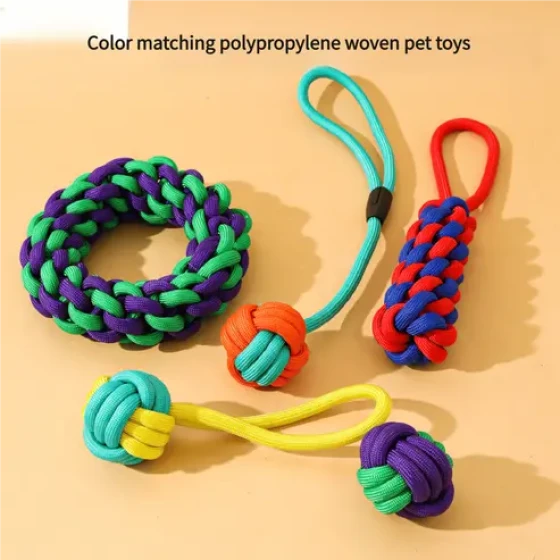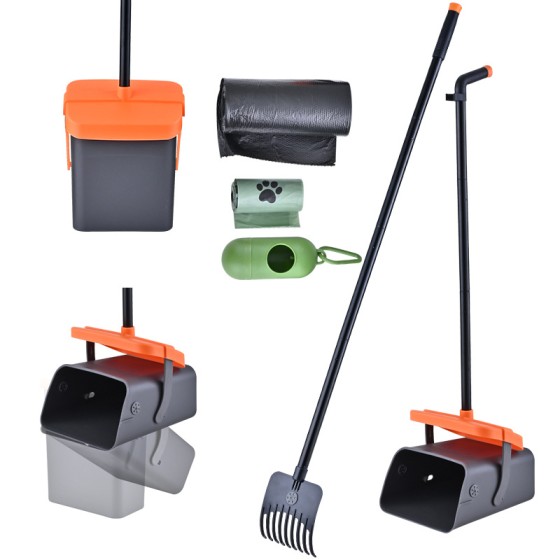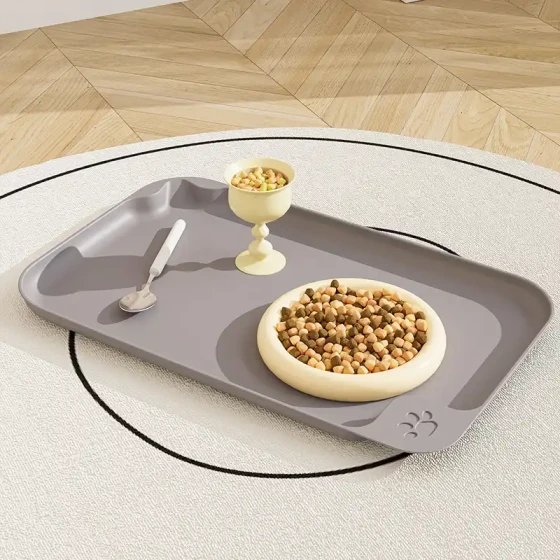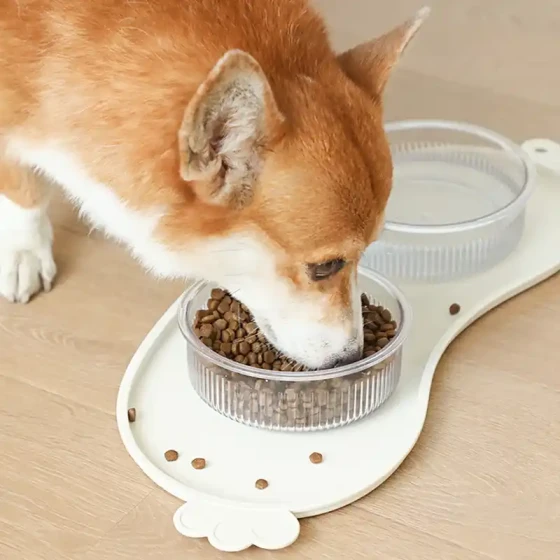Feeding Points for Curly-Coated Retriever
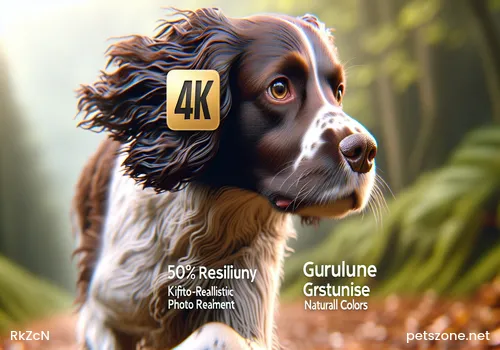
Curly-Coated Retriever
To let a Curly-Coated Retriever live longer, owners should not treat the dog like a child when feeding. Never feed the dog human food out of pity when it sits beside you, as this can greatly shorten its lifespan. Below are the feeding points for Curly-Coated Retrievers.
Feeding Points
1. Do not let Curly-Coated Retriever puppies swallow chicken bones, ribs, or fish bones, as they can lodge in the throat and splinter. If not stuck there, they can slide inside and pierce the stomach wall or intestines.
2. Do not feed Curly-Coated Retriever puppies leftover human food because dogs have different nutritional needs than humans. Preparing dog food based on human recipes is time-consuming and makes it hard for the dog to get complete and balanced nutrition. Many dog food brands on the market are scientifically formulated, tasty, nutritionally comprehensive, easily digestible, and very convenient. Statistics show dogs fed dog food long-term live one-third longer than those not fed dog food. Also, their body odor, bad breath, and fecal smell are greatly reduced, which is good news for apartment dwellers.
3. Do not give Curly-Coated Retriever puppies snacks between meals. If the dog obeys other training commands, you can give it a few treats as encouragement.
4. Never let Curly-Coated Retriever puppies eat at the dining table, as this forms bad begging habits. Feed only at set times and places, serve food only in the dog's bowl—not other utensils. Additionally, always provide your dog with plenty of clean water.
Feeding Points
First Point
Daily appropriate exercise is necessary. Exercise routines should not be arbitrarily scheduled in multiple daily sessions or skipped for days. The amount of exercise depends on the breed, age, and individual dog. Small dogs should ideally walk 3 to 4 kilometers daily, while fast dogs like retrievers should run about 16 kilometers daily. Some small dogs such as Chihuahuas, Pekingese, Squirrels Dogs, and Shih Tzus are small and excessive exercise can impair their heart, so free movement at home is sufficient. Other small dogs, such as Teddy dogs and Miniature Pinschers, are lively and require more exercise, so the amount should be increased appropriately. Some retrievers, like Afghan Hounds, should run for more than 15 minutes daily. Before outdoor leash exercise, allow free activity for a few minutes and bowel movements. During exercise, maintain correct walking posture, keep proper distance from the owner, and correct poor walking habits forward, backward, left, or right.
Second Point
When exercising outdoors, the dog should wear a leash. Especially in urban streets, do not loosen the leash to allow free roaming to avoid being hit by cars, disturbing pedestrians, or fighting with other dogs. Be mindful of preventing bites to people. The leash should not be too tight or too loose—too tight affects breathing; too loose may slip off. A proper degree of freedom is best.
Third Point
Change exercise routes frequently and avoid always walking the same route. Prevent the dog from sniffing excrement or other objects left by others, avoid contact with those materials, and do not bring the dog to places where people or other dogs gather to avoid disease transmission.
Fourth Point
In a safe environment, provide some plastic rubber toys for free play or encourage running.
Fifth Point
For working dogs like retrievers or police dogs, swimming in summer is excellent full-body exercise that helps in proportional body development. Fast running and jumping over obstacles in open areas develop shoulder structures and promote the development of the chest, especially the front chest. To build back muscles and rear jumping power, do activities like jumping over boards, high obstacles, and consecutive barriers. To train the dog's pace, you can do bike leash towing exercise; combining this with curved route changes also trains joint flexibility and agility.
Summary
In short, there are many forms of exercise for dogs, which can be chosen according to different purposes. Show dogs mainly conduct health-maintenance exercises, while working dogs require specialized performance training. After exercise, provide plenty of clean water, wipe the dog with a towel to remove dust. Do not feed immediately after exercise; allow at least 30 minutes of rest to avoid vomiting. Dogs with joint diseases should avoid summer swimming and strenuous exercise.
-560x560.webp)
